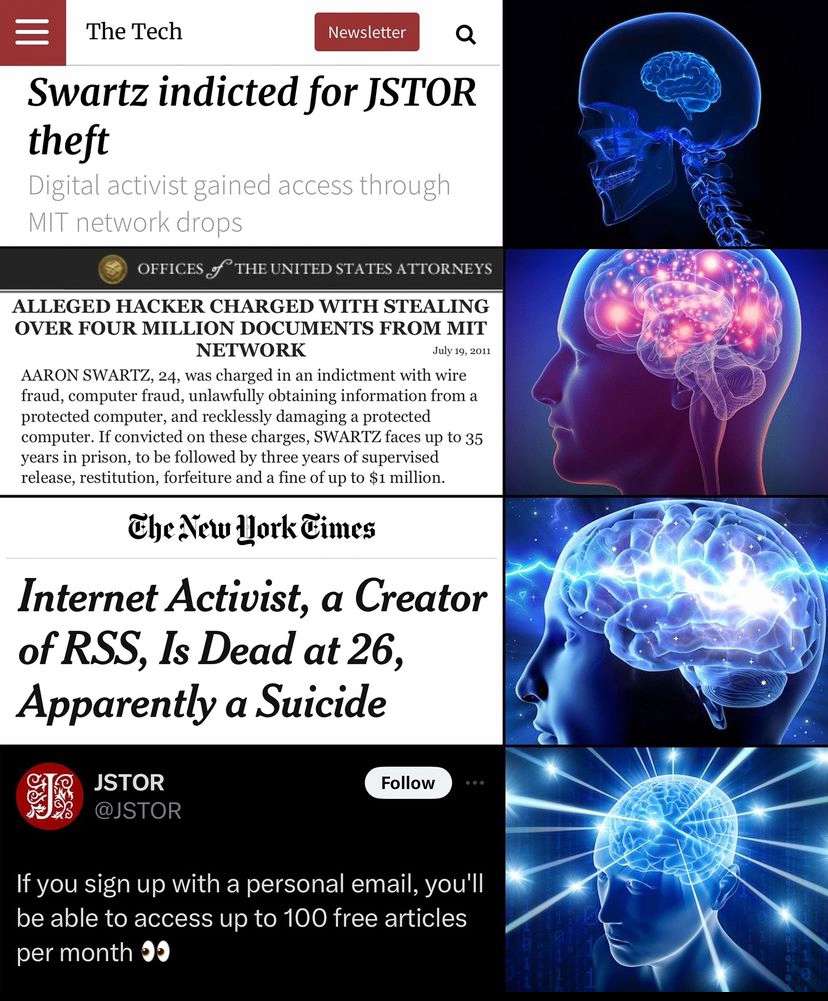In a major advance, the Food and Drug Administration on Friday approved two gene therapies that target sickle cell disease, one of which is the first commercially available treatment in the United States based on gene-editing technology. The historic move offers hope for a long-overlooked genetic illness that can cause excruciating pain and cut decades off people’s lives. It also cracks the door open for a new era in medicine.
One of the new treatments, named Casgevy, is based on CRISPR, a gene-editing tool that moved lightning-fast from a scientific breakthrough in 2012 to a therapy that can alleviate suffering. In the wake of the FDA approval, experts anticipate that treating sickle cell disease will be the first of many medical applications for this technology.
The other treatment, developed by Bluebird Bio and called Lyfgenia, uses a harmless virus to insert a gene into a patient’s stem cells. The treatments are approved for patients 12 and older who experience repeated pain episodes.
“I’ve been taking care of kids with sickle cell for over 30 years, and I’ve been waiting for something like this to happen for a long, long time,” said Lewis Hsu, chief medical officer of the Sickle Cell Disease Association of America and a pediatric hematologist at the University of Illinois at Chicago.
In clinical trials, both therapies freed the overwhelming majority of patients from severe pain crises. Several of the patients who received Casgevy, developed by Vertex Pharmaceuticals and CRISPR Therapeutics, testified before a federal advisory committee in late October, sharing emotional stories about how the therapy opened up their lives, giving them the ability to work or attend school, be present with their families and imagine a future.
“Prior to therapy, I had focused on the short term. Life was in a state of touch-and-go,” Jimi Olaghere, 38, who received the treatment three years ago, told the committee. “Long-term planning meant planning for a world without me being able to support my family. Now, those long-term plans include me.”
Victoria Gray, 38, a mother and wife who was the first patient to receive the experimental treatment, said at the meeting that she is finally free from pain crises that felt like being hit by a truck and struck by lightning at the same time, requiring frequent blood transfusions, lengthy hospital stays and three kinds of opioids.
She predicted that the approval of the gene-editing treatment would have profound effects for many others. In the United States, an estimated 100,000 people, most with African ancestry, have sickle cell disease.
“It’s going to change the lives positively of many people who are suffering from diseases and disorders who now feel hopeless,” Gray told the committee. “Once it comes, they can feel hope again, just like I did.”
Replacing sickle cells with healthy ones
Sickle cell disease is caused by a mutation in a gene that contains the instructions for hemoglobin, an oxygen-carrying protein found inside red blood cells. The abnormal hemoglobin causes red blood cells, normally disc-shaped and pliable, to collapse into rigid, sickle-shaped crescents that clump together and die early. The disease varies in severity from person to person, but blockages caused by the clumped cells can trigger crippling pain and starve organs of oxygen.
There are several therapies for sickle cell disease but only one cure: a bone marrow transplant, typically from a matched sibling. Bone marrow cells from a healthy donor produce normal hemoglobin, allowing transplant patients to live pain-free. But the procedure comes with risks, and only about a fifth of patients are able to find a match.
Fredrianna Copeland-Webster, 19, of Jacksonville, Fla., is one of those patients without a bone marrow match. She has battled two rare diseases: sickle cell and a cancer called neuroblastoma. Her doctors at Nemours Children’s Health eliminated her cancer before her first birthday, but even with a new sickle cell drug that has made her pain less intense, she experiences about four pain episodes per year and, like many sickle cell patients whose pain is exacerbated by cold weather, she goes to sleep with chronic pain all through the winter.
“I began to ask myself why I was able to be cured from cancer but not sickle cell disease,” Copeland-Webster, who hopes to be a candidate for one of the new therapies, said in an interview.
Gene editing gets around the problem because it turns a person’s own cells into a treatment. Casgevy takes advantage of the fact that before birth the body produces a form of fetal hemoglobin, and red blood cells that carry it don’t sickle. Casgevy disables a genetic switch that represses the production of fetal hemoglobin after birth, flipping production back on so the body makes red blood cells that don’t sickle.
Lyfgenia uses a harmless virus to modify patient’s cells so that they create a form of hemoglobin that doesn’t sickle. The treatment will carry a black box, the FDA’s most stringent warning, due to the risk of cancer. In a clinical trial, two patients in a clinical trial developed acute myeloid leukemia and died.
“Sickle cell disease is a rare, debilitating and life-threatening blood disorder with significant unmet need, and we are excited to advance the field especially for individuals whose lives have been severely disrupted by the disease by approving two cell-based gene therapies today,” Nicole Verdun, director of the Office of Therapeutic Products within the FDA’s Center for Biologics Evaluation and Research, said in a statement.
The catch is that neither is a simple drug but is an intensive procedure that unfolds over months. Patients first have their bone marrow cells collected. Then, the cells are sent to a laboratory where CRISPR is used to edit the cells, or a virus is used to modify them. After cells are checked for quality, patients must receive chemotherapy to make room in their bone marrow. Only then can they receive an infusion of edited cells, which pump out fetal hemoglobin.
James Taylor, director of the Center for Sickle Cell Disease at Howard University, said that the approval is an optimistic moment. But he said the new therapies raise a slew of concerns, ranging from scientific unknowns about long-term risks to logistical questions.
“I’m excited about it, but it’s a double-edged sword,” Taylor said, pointing out that one of the biggest obstacles for sickle cell disease patients in the United States is inequities in the health-care system that block access to existing care and treatments.
Three new drugs have been approved by regulators for sickle cell disease since 2017, for example, but about 2 percent of patients take them, according to a study in the journal Blood Advances. And in less well-resourced places where the disease is more common, such as sub-Saharan Africa, a gene-editing solution is impractical.
Patients will have to spend significant time in a hospital that is authorized to perform the complex, multistep procedure. They receive chemotherapy, which has side effects, including infertility, and Hsu noted that support for fertility preservation is a patchwork that varies by state in programs under Medicaid, which covers about half of all people with sickle cell disease in the United States.
The long-term safety and effectiveness of the therapies are still being tracked — the first patient was treated in 2019. And there’s a big question about how insurers will respond: Vertex and Bluebird Bio did not immediately announce the prices for their therapies, but an analysis by the Institute for Clinical and Economic Review, a nonprofit group that evaluates the value of drugs, said $2 million per treatment would be cost-effective.
“We are very gratified and celebrating, but at the same time we have to roll up our sleeves and figure out how to make it happen,” Hsu said.
The dawn of a new gene-editing era in medicine
Despite these hurdles, the approval for Casgevy sets a galvanizing precedent for scientists seeking to turn CRISPR from a laboratory tool into mainstream medicine.
In nature, CRISPR is used by bacteria to disable viruses by cutting their DNA. Jennifer Doudna, a biochemist at the University of California at Berkeley who shared the Nobel Prize in chemistry for her work on CRISPR, recalled the moment more than a decade ago when she and postdoctoral researcher Martin Jinek pored over data suggesting that it could be turned into a pair of programmable genetic scissors, homing in on specific regions of the genome to make targeted cuts.
“It’s quite extraordinary to go from that to an actual approved drug that is helping patients,” Doudna said.
Since 2012, the hypercompetitive field of gene editing has led to improvements in CRISPR, as well as a next generation of even more precise gene editors, sometimes referred to as CRISPR 2.0 or CRISPR 3.0. Research teams have also started developing ways to deliver gene-editing therapies with a simple infusion.
Scientists who are deploying the technologies against an array of diseases see this as the beginning of a new era in medicine.
“Gene editing is going to be the biggest story of the century,” said Kiran Musunuru, a cardiologist at the University of Pennsylvania’s Perelman School of Medicine and one of the founders of Verve Therapeutics, a company that is using a different gene editor to create a cholesterol-lowering treatment that is a one-time infusion.
The Vertex sickle cell treatment is also being reviewed by regulators for a different rare blood disorder, beta thalassemia, that can also be treated with fetal hemoglobin; a decision is expected in March. Other gene-editing therapies in human testing include a treatment aimed at kidney cancer, leukemia and a rare genetic illness caused by misfolded proteins.
But for gene editing to become mainstream, significant problems still need to be solved.
Scientists working on ways to deliver CRISPR with an infusion need to figure out how to get it into the target cells and edit them inside the body. Other barriers include the traditional drug development regulatory framework and the business model, argues Fyodor Urnov, director of technology and translation at the Innovative Genomics Institute.
Urnov says that CRISPR has turned engineering medicines for thousands of diseases into a straightforward task instead of a major bottleneck. But getting bespoke medicines that could be life-changing for small numbers of patients tested and manufactured through the current regulatory landscape is a challenge.
“Give me a mutation. Leave me alone for 10 minutes. And I will produce a CRISPR for that. Beautiful,” Urnov said. “The cold light of reality is the majesty of CRISPR as a platform to build medicines is running into the way that medicines are discovered, developed and delivered … in the modern health-care system that we have today.”
Many experts are thinking about how to make such treatments easier to use, accessible and more affordable. But today, they are also taking a breath to celebrate a major step forward.
“It’s an amazing moment,” Doudna said. “I think it’s exciting for the field, and it’s a sign of what’s to come.”





